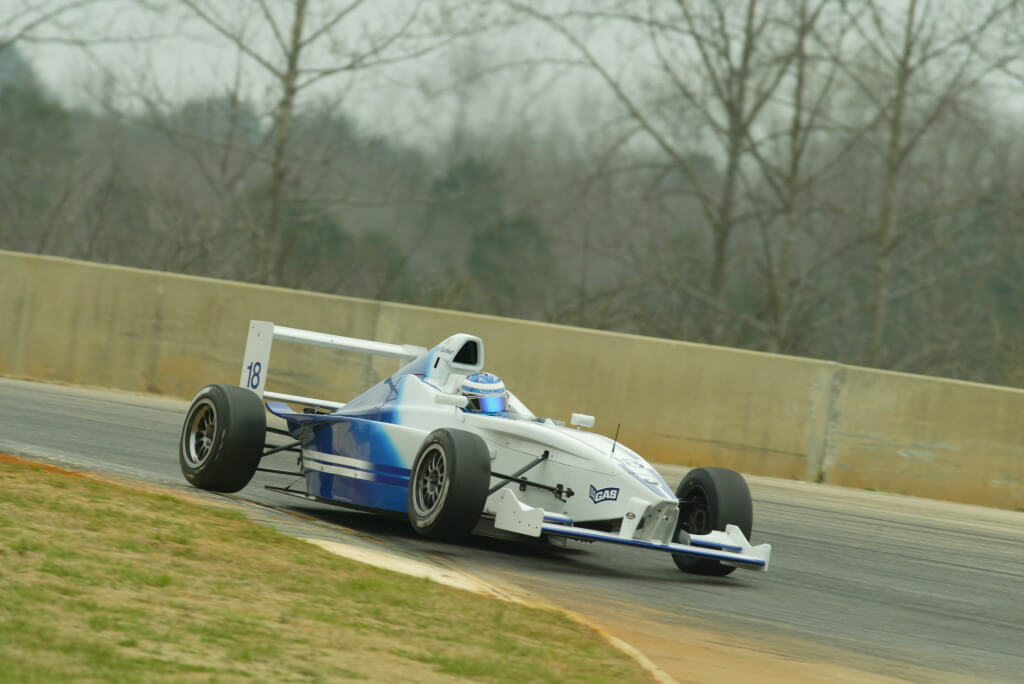Performance & Race Driving Tip
Speed Secret: Improve your adaptability through knowledge and practice.
Handling problems: Let me count the ways…
- Corner entry understeer
- Entry oversteer
- Mid-corner understeer
- Mid-corner oversteer
- Exit understeer
- Exit oversteer
Throw in some instability under braking and that’s a pretty good list of handling issues you can face with your car.
Each one of them can be improved by making adjustments to your car or your driving.
The best drivers are able to adapt their driving to minimize the negative effects of these handling problems, and maximize their speed, despite them.
But how? I’m not going to even attempt to cover all the various adjustments you can make to your car to improve it (that’s not my area of expertise), so I’ll focus on your driving.
Ultimately, there are three things you can adjust to adapt to handling problems:
- Your braking – how hard and the timing of when you apply the brakes; the timing and rate of their release as you enter a corner.
- Your steering – how crisply or quickly you turn in, the line you scribe through the turn, and how you unwind the wheel.
- Your throttle – when and at what rate you apply the throttle, and whether you modulate it to change the balance of the car.
If you look at these three areas, you’re really just adjusting the line through the turn, and the balance of the car.
Then, if you think about what it is you want your car to do, and how you can help it with the brakes, steering wheel and throttle – adjusting the line and balance of the car – the best response is relatively easy to identify.
Of course, identifying it and doing it are two different things – especially at speed! But the more you think through these various handling issues, and how you can help your car do what you want it to do, the more likely you’ll do them while on track.
I also recommend going onto the track to practice adapting. If you only ever drive with one technique, you won’t be very good at adapting. Learn, through practice, to change:
- When and how you apply the brakes.
- When and how you release the brakes.
- When and how quickly you turn into the corners and then begin unwinding the wheel.
- When and at what rate you begin accelerating.
- Whether you can change your car’s line by modulating the throttle.
I challenge you to really think through each of the handling problems I’ve identified above, then decide how you would adapt your driving to them. Better yet, after you’ve thought through each one in a logical way, close your eyes, relax, and then do a mental imagery session where you adapt to the new approach. If you do that, I’ll guarantee you’ll be better at adapting in the future – and that will make you a better all-round driver.
Check back here often for more tips and advice for performance drivers, race drivers, high performance driving instructors, and anyone else interested in learning to get around race tracks quickly.
Please do me favor and share this now with others who you think would either learn something from it, or enjoy it, by clicking on any of the links below. Thank you!

I love all of your articles, thank you for your contributions. I’ve read countless racing theory books and technical papers over the years and have never come across a satisfying answer to a question I have about driving. I would love to hear your thoughts.
Specifically on the entry phase, how does one determine whether it is steering (amount of steering or rate of input) or braking input (or more generally the rate of deceleration in a linear sense) that is the cause of over/under steering while tuning in? More briefly, how does one know if they they have applied too much linear deceleration or tried to induce too much rotation?